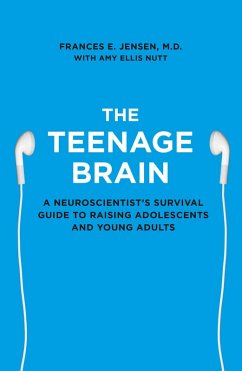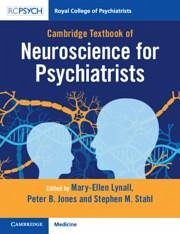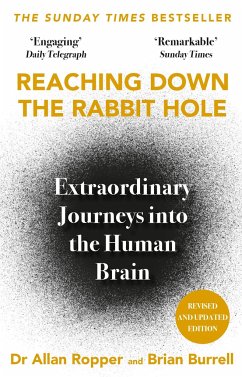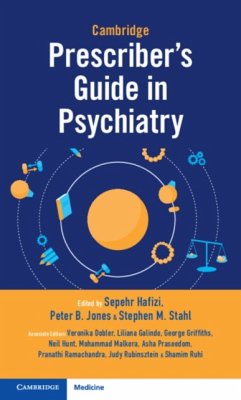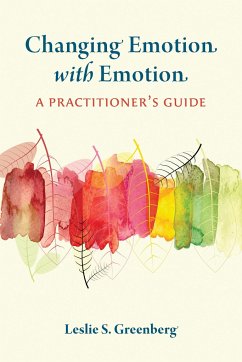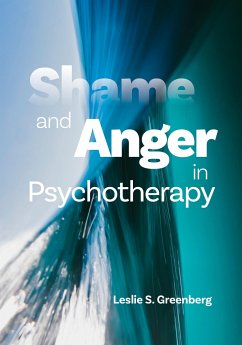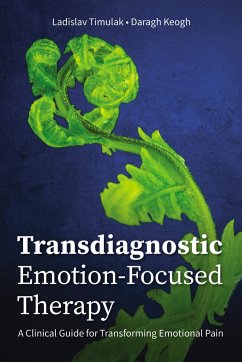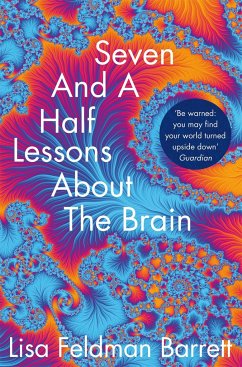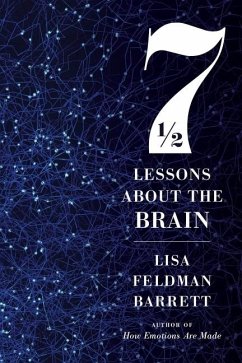
Undoing Aloneness and the Transformation of Suffering Into Flourishing
AEDP 2.0
Versandkostenfrei!
Versandfertig in ca. 2 Wochen
52,99 €
inkl. MwSt.

PAYBACK Punkte
26 °P sammeln!
Harnessing insights from affective neuroscience, AEDP empowers patients to transform deep emotional suffering and insecure attachments. Clinical transcripts reveal how a compassionate therapeutic presence rewires memory and nurtures adaptive, healing relational connections even amid neglect and trauma.



